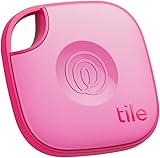GROS PROBLEME
11/12/2003 15:44 #1
Annonces
11/12/2003 21:11 #2
11/12/2003 22:54 #3
11/12/2003 23:02 #4
12/12/2003 08:42 #5
Annonce
12/12/2003 08:54 #6
12/12/2003 21:04 #7
12/12/2003 21:36 #8
Annonces
19/04/2004 14:03 #9
19/04/2004 16:17 #10
Vous souhaitez poser une question ?
Vous avez une autre question, pour un nouveau sujet ?Venez demander !
C'est gratuit et aucun compte à créer pour poser votre question dans le forum.
C'est gratuit et aucun compte à créer pour poser votre question dans le forum.
Sujets en relation dans les forums




